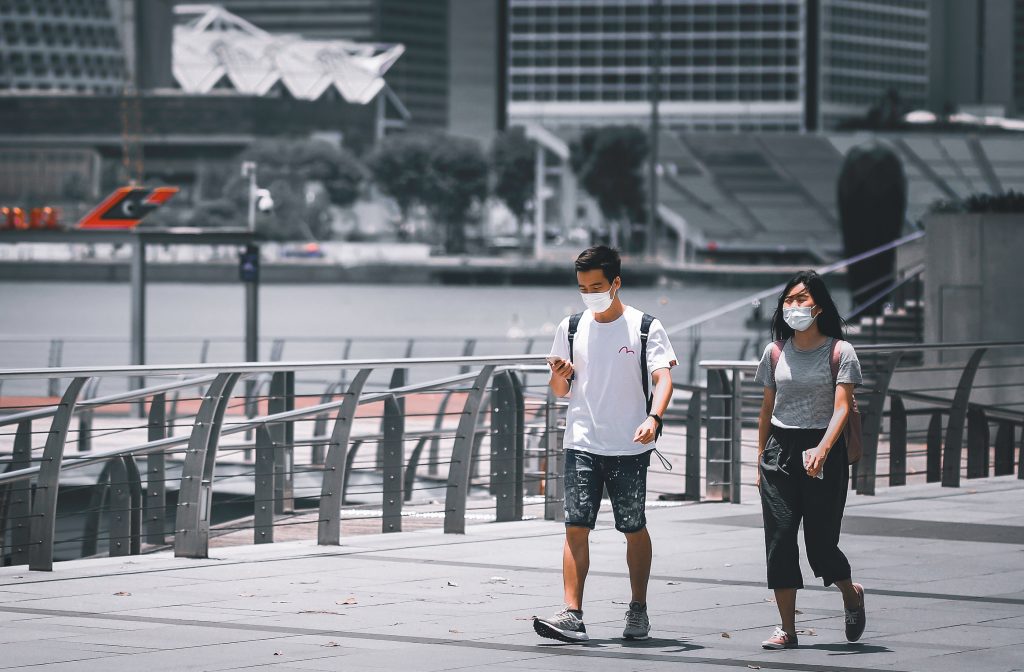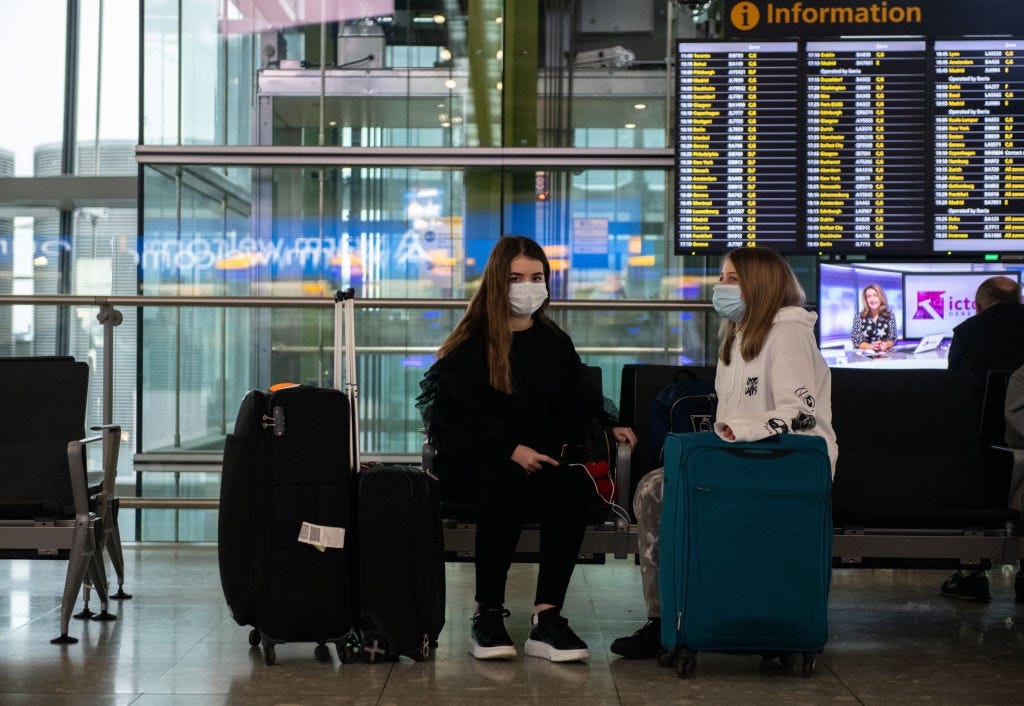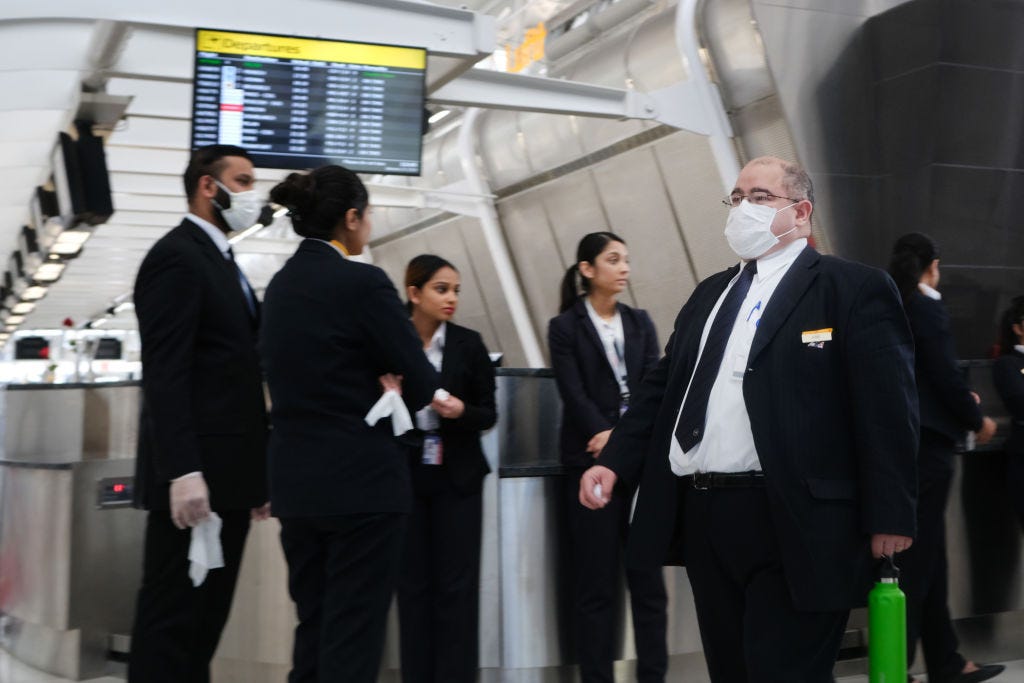Bubbles, air bridges, green lanes: Travel in a post-pandemic world

Tourists in Singapore. Photo by Victor He/ Unsplash
It is a truism that the pandemic will change travel. How we travel, of course, but also where.
Until there is a vaccine for SARS-CoV-2, the novel coronavirus that causes the covid-19 disease, international travel is set to resume in a strange new world of “bubbles”, “air bridges” and “green lanes”.
What might the cartographical features of the new travel order look like?
Borders will be epidemiological. Jurisdictions that have managed to control the virus, at least for now, want to join up to create safe zones for the reopening of tourism and business travel.
In mid-May, Latvia, Lithuania and Estonia became the first bloc within Europe to create a travel bubble. It allowed free movement among the Baltic states. There has been mention of Poland and Finland being enfolded within that bubble.
Australia and New Zealand are proposing a trans-Tasman bubble. Small Pacific countries such as Fiji and the Cook Islands are looking to join.
China wants to extend its mainland travel bubble to Taiwan, Hong Kong, Macau and South Korea.

Britain is keen on air bridges, in the first instance possibly with the Canary Islands and Portugal.
Singapore is talking of multiple green lanes. The island city-state already has a green lane with China but is discussing other travel corridors with Australia, South Korea, New Zealand and Malaysia.
The Netherlands has said it will permit travel to 12 European countries later this month.
Denmark and Norway are opening to each other on June 15, the very day that Austria begins to allow cross-border travel from Germany, Switzerland and Liechtenstein.
Also on June 15 will appear the biggest bubble of all, Germany’s removal of travel restrictions across at least 30 European countries. Until recently, it wasn’t clear if the bubble would include Britain. Data shows that the UK has the highest absolute number of excess deaths in Europe and second only to the US in global terms.
But despite the UK’s high coronavirus infection rate, it will impose a 14-day quarantine on all international arrivals, including returning Britons from Monday. France, Greece and Spain have responded with pique, promising they too will impose quarantine requirements on Britons. But Germany’s foreign minister Heiko Maas only promised he would be “strongly advising” his countrymen against travel to the UK. There is no indication that Germany will prevent entry for travellers from Britain.
Could the ‘bubble’ burst?
What’s striking then about the proposed arrangements is the way some bubbles bump into each other and the air bridges intersect. Germany, for instance, is planning to allow in Britons and Swedes as well as the Dutch. This despite the Netherlands requiring extra quarantine measures for the UK and Sweden, where coronavirus restrictions have been more relaxed with more deaths in both countries.
This raises knotty issues for post-pandemic travel in supposedly safe zones. There are obvious potential pitfalls. What happens if one or more members of a safe zone allows travel with a third country at higher risk of coronavirus infection?
There is a chance the bubble would burst, even as a second wave of the virus hits a region.
The truth is that agreements for cross-border travel without quarantine measures can only really work if the bubbles, air bridges or green lanes cover countries that pose equivalent or lower risks of coronavirus community transmission. Along with similar rates of infection and deaths as well as a similar commitment to testing and contact-tracing, countries entering a bubble would need to be confident that relevant information will be shared, honestly and promptly.

‘Corona-alliances’ would remake geopolitics using very different metrics. Bubbles, bridges and lanes would create a vastly altered world map. It would be divided up into countries that have handled the pandemic well and those that haven’t.
A game-changer for US travellers?
More to the point, the new cartography may show up the extent to which a pandemic can reduce mobility and access, even for citizens of rich and powerful countries.
The US is a case in point. In January, the Henley Passport Index of the world’s most travel-friendly passports, said US citizens enjoyed visa-free or visa-on-arrival access to 184 countries. (Compare that to Afghan passport-holders, who were able to easily travel to just 26 countries.)
But the severity of the US coronavirus outbreak and its policy failures on testing and tracing may be a game-changer in the short term. Even tourism-reliant countries such as Thailand, which have been more effective in dealing with the pandemic, may be cautious about allowing free entry to people from coronavirus hotspots.
Bubbles may sound like fun but it’s hard to see much effervescence in the travel sector any time soon. It just won’t be as carefree or commercially viable as before.
Originally published at https://www.thefocus.news

